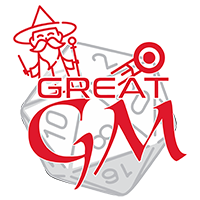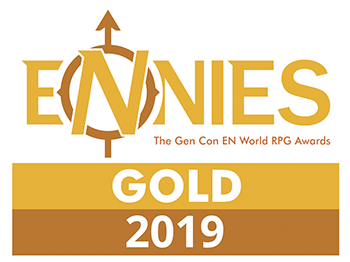Mer
Basic Information
Anatomy
Built closely enough that coral and coastal mer are often nearly identical to humans, that resemblance quickly vanishes the deeper into the ocean they get. Ocean mer are physically larger, often towering over humans. Deep mer are the largest, and the most alien in appearance, occasionally growing bioluminescent stalks and jaws reminiscent of anglerfish they compete for food with.
They all have lean muscle but are physically stronger than humans, able to rip open ship hulls or whale carcasses with their hands. In their mouths they have sharp and flat teeth that will regrow if damaged. The canines are actually hollow fangs with potent hemotoxin, which destroys red blood cells and induces coagulation in what they bite.
An added ability is the relatively rapid healing of injuries. When a limb or wound is submerged in saltwater, it will heal between minutes to hours. While catastrophic injuries can of course still kill them, smaller cuts and broken bones will mend themselves.
Genetics and Reproduction
Growth Rate & Stages
Infancy and early childhood
When the baby is birthed, it is folded in on itself, held by webbing. They are tiny compared to adults, and hidden where the mer live. They are blind and deaf, and will open their eyes in several days.
As the baby grows quickly over several weeks, it is able to uncurl and move by pulling itself along the walls and rocks of its home. The legs are still tied together via webbing, which will only come off when the baby is strong enough to kick with both legs.
Later childhood into adulthood
When the child is a bit larger, often at the end of a month, they will begin swimming. One or more of their family unit will take them from their hiding place and teach them to kick with their feet. The webbing allows them added speed and movement here, and aids in their learning. At this stage they are often brightly coloured to scare predators away. Some variants grow venom-filled spines as well in case something does try to get too close. At this point their fangs also begin to grow in, and their venom is the most potent as they learn to regulate how much they inject into whatever they're biting.
Adulthood onward
When the child is an adept swimmer, often at around four months, all webbing falls away and is often eaten. At this point the child can join their family unit for hunting and gathering, and often begins to explore on their own, coming up to the surface to look around or diving down to the ocean floor. Ocean and deep mer will continue to grow throughout their lifetimes, while coral, coastal, and arctic mer will stop growing around this time.
Dietary Needs and Habits
Additional Information
Geographic Origin and Distribution
Perception and Sensory Capabilities
Each mer has rudimentary echolocation, and that ability grows stronger the deeper they get. As well as this, they possess eyesight built to track tiny movements, and are able to track things by scent underwater.
These senses alone should be enough, but instead, mer have the ability to sing, controlling the minds of humans, and summoning storms from nothing. This ability is innate, but must be honed through teaching.
Civilization and Culture
Gender Ideals
History
Sylene tradition states that Qhil created the beasts of the ocean, mer included. As humans took hold of the land and all on it, she created their counterparts to rule the ocean, and to keep man from venturing too far from shore into her domain.
Other legends from Jestoania and Gostary claim men fascinated with the ocean and its unknown depths were changed, so they could explore the waters they were so interested in.
A third story from Estrea says the drowned change into mer, though this specific one doesn't hold up to scrutiny.
Common Myths and Legends
Interspecies Relations and Assumptions
Among much of the Continent, they are feared and hunted, seen as a creation of Qhil and therefore a creation of heresy. Among Aquimore, which fears the sea, they are avoided, and largely left alone.
In Brosha and Eilt Un, the relations between humans and mer are strained with the occupation by Pheaceton, but previously they were able to form tentative relations and alliances.
Remove these ads. Join the Worldbuilders Guild









